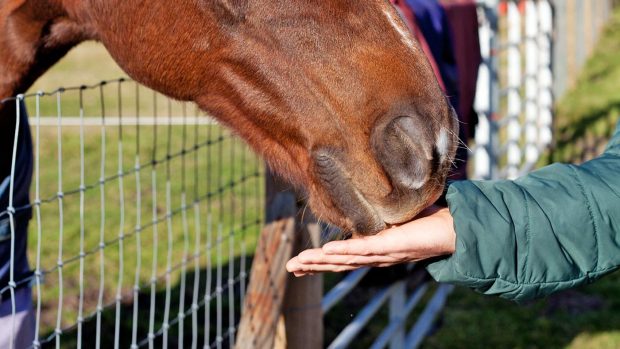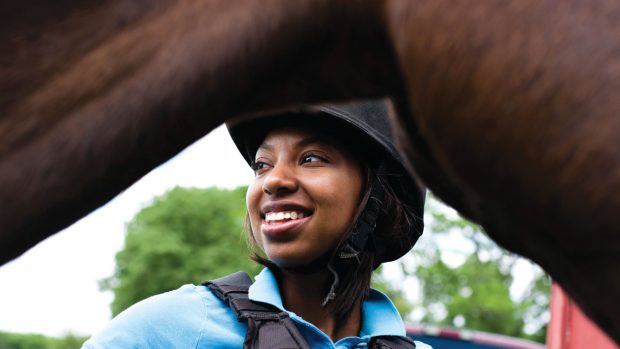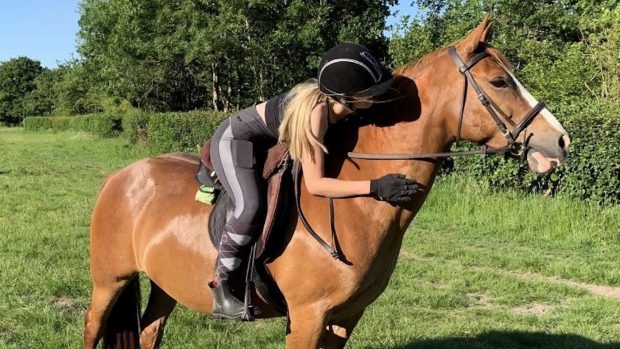The government has quashed a legal loophole that enabled recreational motorists — with 4x4s, trail, quad and scrambler bikes — to use illegally public rights of way, citing “higher rights” anchored to historical use by horse-drawn vehicles.
New provisions under the Natural Environment and Rural Communities Act 2006 “extinguish all unrecorded public rights of way for motor vehicles” subject to certain exceptions, including private access to land or property.
A DEFRA spokesman said the Act safeguarded vast tracts of bridleways, previously claimed by recreational motorists as a result of the legal loophole.
In the Yorkshire Dales National Park alone, officials reported a massive 225km of bridleways and 20km of footpaths were illegally used, primarily by motorcyclists.
“They were doing it in the belief that the routes might have motor vehicular rights, although these had never been proven,” said access project officer Mark Allum.
He said motorists could use 31km of Byways Open to All Traffic (BOATs), with a further 30km earmarked in five applications for new BOATs, lodged prior to the cut-off date in the new Act.
It is a similar story for the UK’s 11 other National Park Authorities, which, in a separate part of the legislation, are empowered to make traffic regulation orders from 1 October.
Critical provisions, which closed the horse and cart loophole, took effect on 2 May. They prevent claims for new BOATs under the legal principle of “once a highway, always a highway”.
To achieve this, the Act has opened a new category, Restricted Byway, dictating any routes where vehicular rights were acquired by non-motorised vehicles, such as horse-drawn vehicles, are off-limits to motorised vehicles.
The Act has drawn mixed reaction, mirroring intense debate since the government launched a December 2003 consultation paper.
Mark Weston, BHS access, safety and welfare director, said although “responsible recreational motorists” caused no problems, “in some areas, inappropriate and anti-social motorised use create an unsafe riding and driving environment, of concern to BHS members”.
But he also expressed concern that the Act “set a dangerous precedent in removing public highway rights from one user group” for fear the same might happen to equestrian users.
But Deirdre Graham, president of Essex Bridleways Association, one of the first local access groups to be set up in 1979, said the Act didn’t go far enough, adding: “I’m worried about motorised vehicles on byways — they shouldn’t be there either, but at least the Act has made a step forward and stops the creation of more.”
Representing motorcyclists, Trail Riders Fellowship spokesman Ian Packer said 99% of UK roads were originally horse and cart routes. He said routes where motorised vehicle rights existed should be acknowledged and managed, not closed off.
Land Access & Recreation Association motor recreation development officer Tim Stevens said the Act involved “Parliament making regulations on the hoof”.
“Our guess is we’ve lost about half the total resource that we could have had,” he said, estimating BOATs covered about 5,000km or 2% of public rights of way.
|
SUBSCRIBE TO HORSE & HOUND AND SAVE Enjoy all the latest equestrian news and competition reports delivered straight to your door every week. To subscribe for just £1.43 a copy click here >>
|




